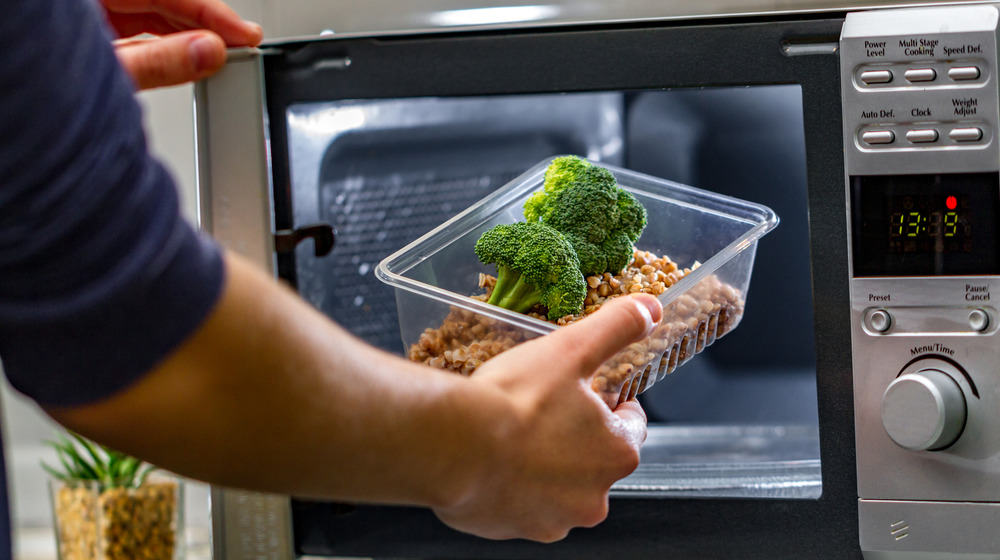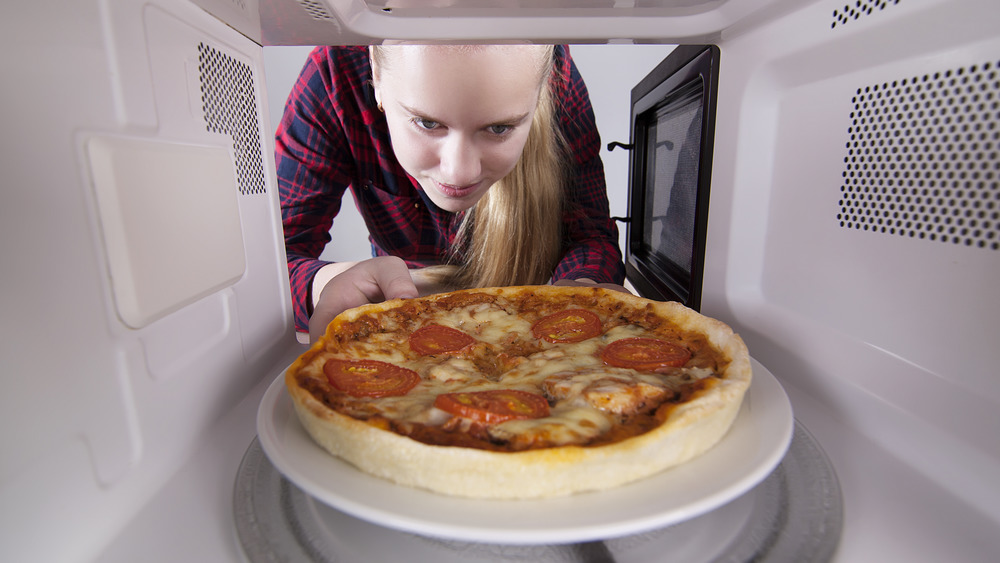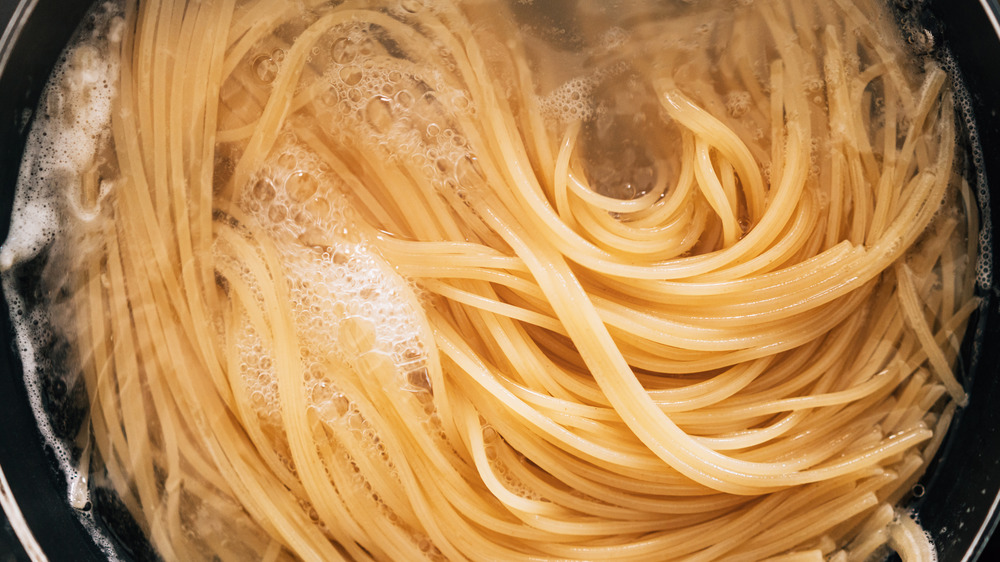The Surprising Health Benefits Of Reheated Leftovers
Ever tried reheated food and wished you'd just made something else entirely? Reheating food should be considered a phenomenal feat in and of itself. Reheating pizza is such a nightmare that most people prefer to eat the leftovers cold. And don't even ask about reheating rice. There are so many tips and tricks a person has to follow in order to make sure the food is not only edible but doesn't straight up explode in their microwave.
There are also many articles warning of radiation concerns among microwave users (the typical method of reheating food), including from the FDA. And other methods may seem unfamiliar or odd as a way to reheat your food, especially if those leftovers are in paper containers. So what makes the idea of reheating food appealing? And can eating reheated food actually make the dish even better for you in the long run?
So why should you opt to reheat your leftovers?
At the end of a day, sometimes, you just want something piping hot with minimal effort. Healthline explains that there are some real benefits of microwave reheating, including retaining nutrients compared to other forms of heating. Because microwaves don't heat up food nearly as hot as a stove or oven, fewer harmful compounds are released when you cook with a microwave. According to Healthline, several harmful compounds can form when food is cooked at longer intervals.
Women's Weekly had a similar piece, touting the benefits of reheating things like leftover carrots, which increase "cancer-fighting antioxidants by 34 percent." Additionally, reheating a tomato-based pasta sauce can release more of the nutrient lycopene, which may actually decrease inflammation and your risk of a stroke. In one reheated meal, you may actually see more health benefits from your food.
So next time you're debating whether to take to the stove and cook something yourself or grab some leftovers and reheat, instead of feeling guilty, remind yourself that you are making the best choice for your health and well-being. "The best way of re-heating quickly is in the microwave," food scientist Dr. Hazel MacTavish-West told GoodFood. "There's a historical fear around leftovers. The thing is to not feel like you have to overheat it — that just sends everything into a tailspin of tightness."
Do you have to reheat your leftovers?
Sometimes, when the options are between reheating leftovers, eating cold leftovers, or making something entirely new, it's tough not to want to just throw in the towel and give in to the already prepared food. And while it may occur to some to throw it in the microwave, there could be some surprising benefits to eating food cold.
GoodFood supports this notion in an article explaining why leftover spaghetti may be better when it's cold. It's science! The structure of starchy foods changes when you cook them, which explains why spaghetti is able to absorb water and become softer and slightly larger. Cooking your pasta also raises its glycemic index. When it gets cold, however, the structures close again. GoodFood states that "Eating [pasta] cold is actually really good if you want to have less of an impact on your blood sugar from the carbohydrates." There's also a taste benefit to those cold noodles. Storing leftovers cold also helps develop the flavor because whatever sauce is clinging to your food gets closed into the structure, too. That explains why leftover pizza and wings also taste so much better the next day.


